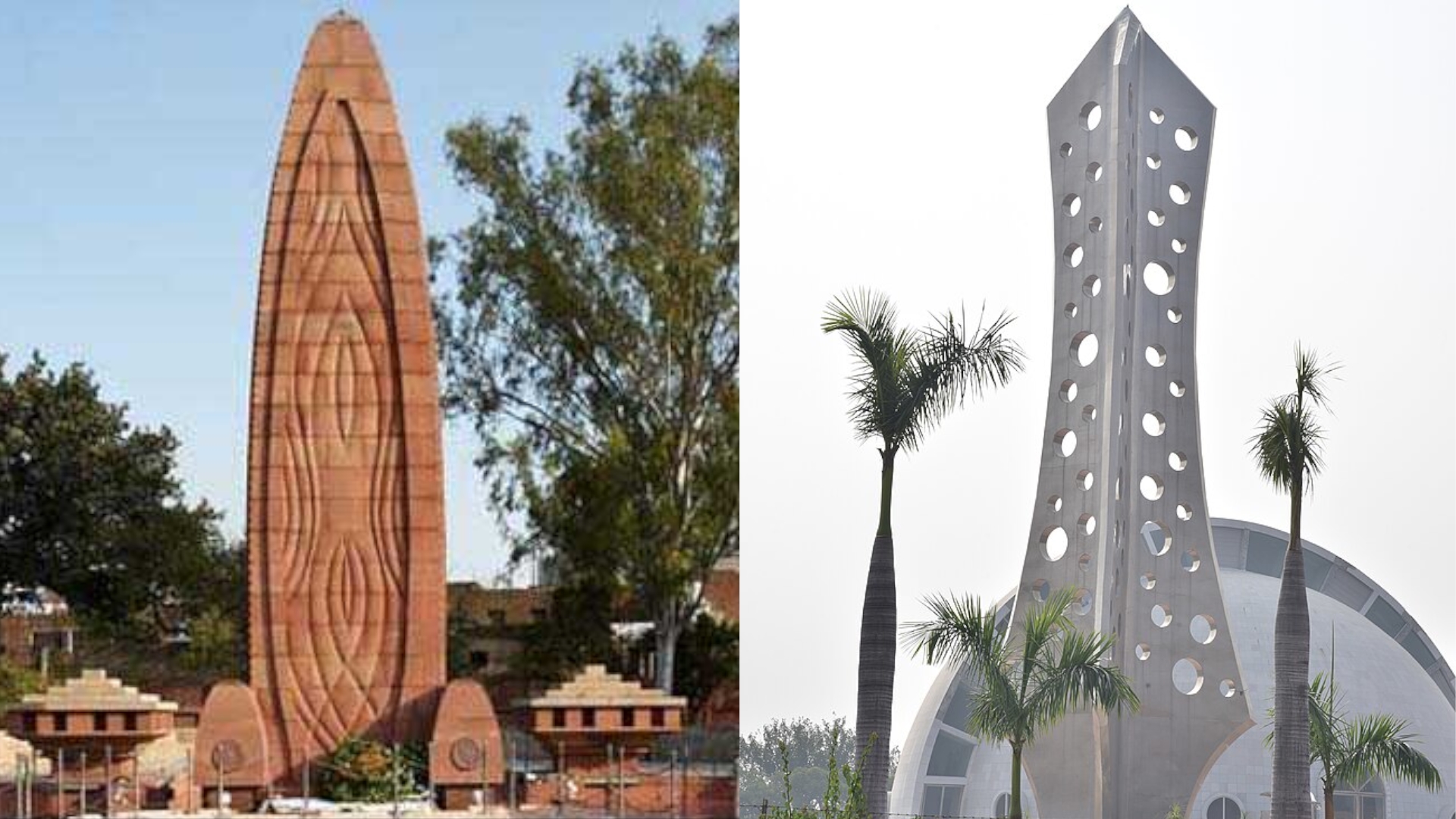Date:
19 Jan 2025
The 1872 Kooka Massacre: A Historical Prelude to the 1919 Amritsar Massacre
The Jallianwala Bagh massacre of 1919, an event that forever scarred Indian history, finds its roots in the systemic injustices and dynamics established decades earlier during the 1872 Kooka (Namdhari Sikh) Massacre. Both incidents highlight the British colonial strategy of suppressing dissent through brute force, emboldened by the complicity of native elites and clergy, which allowed such atrocities to persist.
The Kooka Massacre of 1872: Seeds of Impunity
In January 1872, the Namdhari Sikhs, led by Satguru Ram Singh Ji, sought to challenge British imperial policies, including the slaughter of cattle near religious sites and unfair taxation. Their resistance culminated in the Malerkotla incident, where they attacked a slaughterhouse, defending their cultural and religious values. The British response was swift and brutal. Deputy Commissioner Lambert Cowan ordered the execution of 66 Namdhari Sikhs without trial, a move widely condemned by progressive British voices like The Friend of India. Despite this criticism, Cowan's actions were defended by local Sikh clergy and aristocracy, who distanced themselves from the Kooka movement to curry favor with the colonial administration.
The clergy's alignment with British authorities created a "support blanket" for imperial policies. Their endorsement of Cowan’s actions not only undermined the Sikh principles of justice and equality but also reinforced colonial dominance. This support discouraged broader resistance and emboldened British officers to act with impunity.
Parallels Between 1872 and 1919
The Kooka Massacre set a precedent for the systemic impunity that colonial officers would enjoy in subsequent decades. General Reginald Dyer’s decision to open fire on unarmed civilians in Jallianwala Bagh in 1919 mirrored Cowan's approach of using excessive force to suppress dissent. Like Cowan, Dyer received significant backing from native elites and clergy, who even honored him in public ceremonies despite widespread condemnation of his actions. This continuity of support from influential local figures perpetuated the cycle of violence and injustice.
The Role of Native Elites and Clergy
The complicity of Sikh clergy and aristocracy in both massacres highlights the detrimental role of opportunistic alliances with colonial powers. By aligning with British interests, these groups prioritized their privileges over the collective welfare of the people. In both 1872 and 1919, their actions suppressed potential uprisings and fostered a false sense of security for imperial officers, enabling them to act without fear of repercussions.
A Missed Opportunity for Resistance
The Kooka Massacre presented a chance for the Sikh intelligentsia and clergy to unite against colonial oppression. Instead, their collaboration with the British reinforced the exploitative system. This failure to challenge the empire laid the groundwork for the atrocities of 1919, showing how historical inaction can have far-reaching consequences.
Conclusion
Both events, the Kooka massacre of 1872 and the Jallianwala Bagh incident of 1919 demonstrate how colonial policies of division and suppression were facilitated by the complicity of native elites. Recognizing these patterns is crucial not only to understand the past but also to ensure that such failures are not repeated. By reflecting on these tragedies, we can draw lessons on the importance of ethical leadership and collective resistance against injustice.
- Dr. AS Panesar

